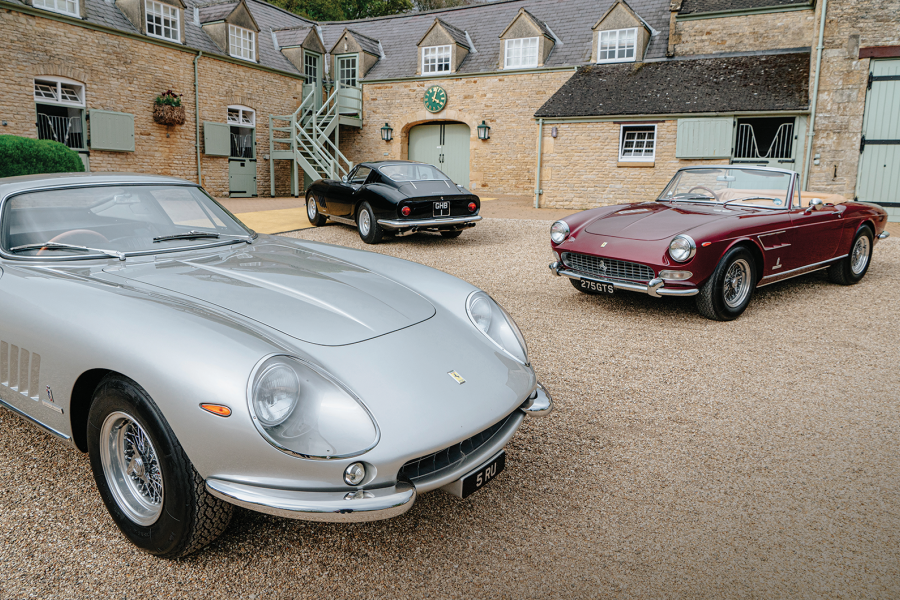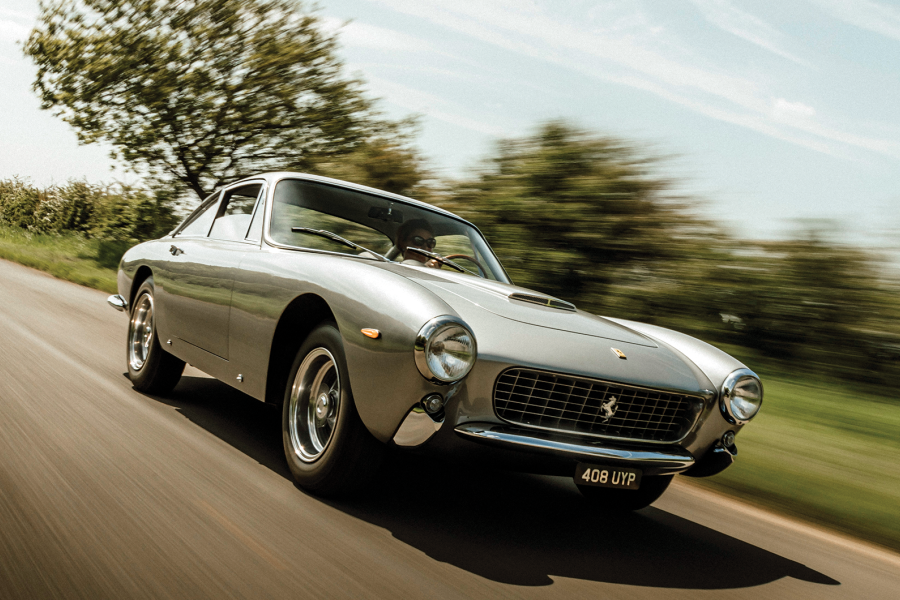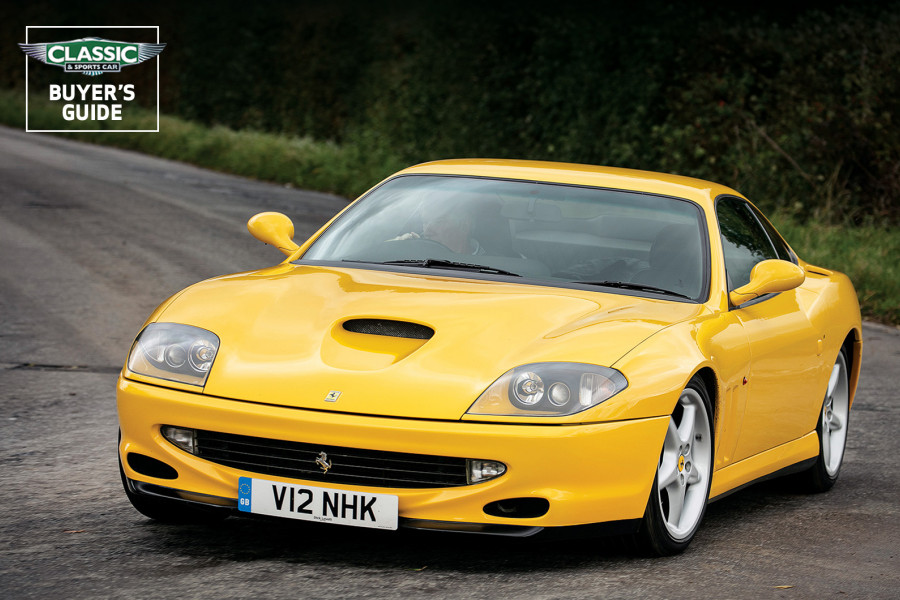
To most enthusiasts, the term ‘beach car’ conjures images of an adorable Fiat 500 or 600, reimagined without doors or a roof, painted in cute pastel shades, with wicker seats and sometimes a canvas awning as a rudimentary shelter.
These ‘Jolly’ Fiats, the brainchild of coachbuilder Ghia, were cars for threading through the streets of Italian summer havens – think Capri, Sicily or Sardinia – in the holidays.
But when Gianni Agnelli was seen at the wheel of one, the Jolly took on a fashionable image that grabbed the attention of the wealthy jet-set.

The Ferrari 365GTC/4 dune buggy took the beach-car recipe to the extreme
The Fiat supremo became so crazy about them that he asked Pininfarina to design the 600 Eden Roc, based on a Fiat Multipla, then tasked Boano with creating the Fiat 500 Spiaggina.
These leisure cars, beloved by celebrities and motoring moguls alike, swiftly became an ingrained part of la dolce vita.
But with time they gradually disappeared, replaced by a new generation of four-wheeled vehicles created purely for fun, such as the Meyers Manx buggy, while more utilitarian, simplified versions of city cars – such as the Mini Moke and Citroën Méhari – democratised the genre.

Willy Felber was asked to deliver this coachbuilt Ferrari 365GTC/4; the car was styled by Giovanni Michelotti



















